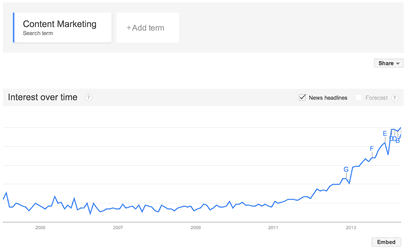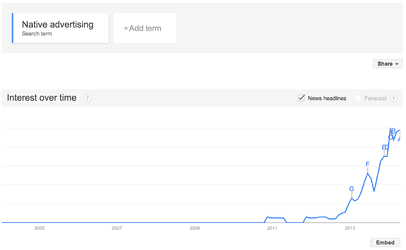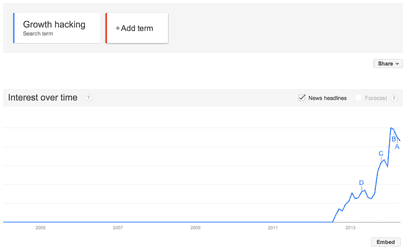When did “Growth Hacking” become a thing in marketing?
Charting the trends of a changing industry and buzzwords like “Growth Hacking”.
Today’s world is full of marketing gurus, digital prophets, and brand evangelists – new roles and responsibilities that have emerged in a rapidly changing communications environment.
Here at Pilot PMR, we track the zeitgeist in the job titles we see and the services being promoted. And, as the marketing ecosystem expands and modernizes, we have watched new expressions gain momentum at astonishing rates.
To better understand this phenomenon, we decided to use Google Trends to examine a few buzzwords we’ve noticed (and may have even used ourselves). Here’s what we found.
Some, like “content marketing,” have grown exponentially since 2012, as brands recognized the need to engage with audiences who were skipping over or ignoring traditional ads. Content marketing is about producing your own attention-grabbing material, owning your media instead of just borrowing it.
Other terms represent an interesting correlation between counteracting services. “Native advertising,” for example – a service that incorporates brand promotion into editorial content – has grown in popularity as people increasingly use ad blockers to tune out banner ads and pop ups.
Other terms let us pinpoint a precise moment in time when a term exploded into an eager market. “Growth hacking” is the ability to sell a product or promote a brand using tools like search engine optimization, website analytics, content marketing and A/B testing. And it emerged exactly as traditional marketing began to deploy these digital skills.
To us, these graphs trace the evolution of a creative industry embracing new ways to serve its clients. Think you know what caused a sudden rise or drastic fall? Let us know.


